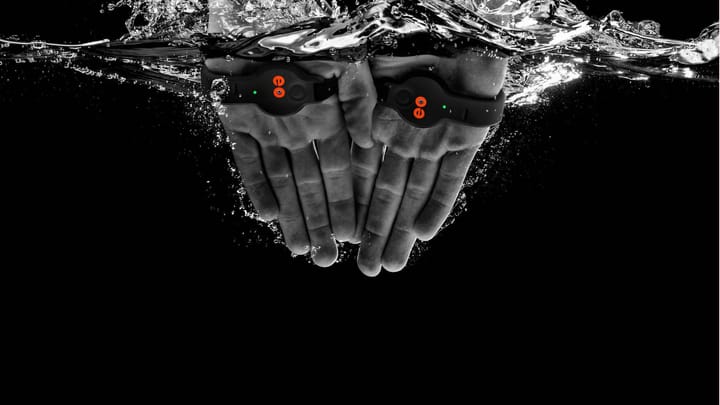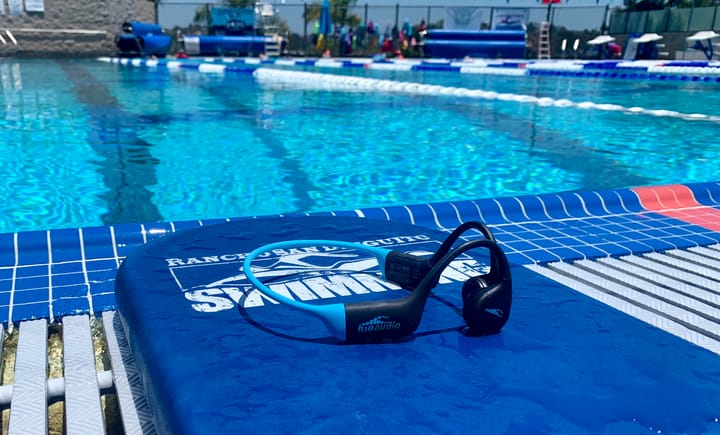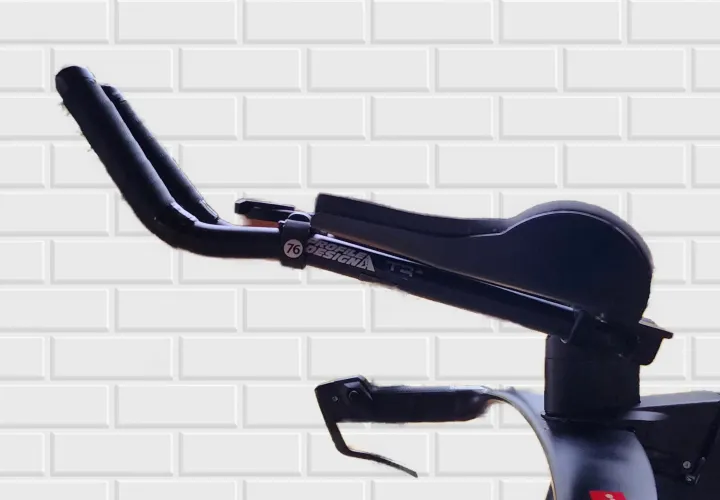Measuring the interface between rider and bike
I went to visit the team at Jet Cycles in Sydney to see if I could tweak my bike setup before I got in to the longer miles I needed to get done before Ironman New Zealand. I entered IMNZ last year to experience what I had seen so many triathletes do at many Ironman […]

I went to visit the team at Jet Cycles in Sydney to see if I could tweak my bike setup before I got in to the longer miles I needed to get done before Ironman New Zealand. I entered IMNZ last year to experience what I had seen so many triathletes do at many Ironman events I have covered with Trizone. I have done a few half iron distance triathlons but none with serious training. As a result I had never ridden more than 120kms in one go and in the last couple of months in 2013 was getting incredible lower back soreness and a fair bit of numbness, where you don’t want it if you are a bloke. This was all kicking in at around the 45km mark.
The BG Fit system Mark Newton used to set my bike up a couple of years ago worked a treat but I was starting to get a few niggles. Mark Newton coached former World Triathlon champion and new kid on the long course circuit Peter Robertson. Mark has an engineering brain and loves the data and science behind bike fitting. Added to his experience coaching one of the worlds best triathletes his knowledge is stuff money can now buy.
Mark had told me about the new pressure mapping they were using so I decided to find out a bit more about it.
The new gebioMized system uses pressure pads to measure the interface between rider and the bike on the seat, peddles and arm rests. All previous bike fitting focus had been on the outcome of the bike setup including looking at the saddles.
Pressure mapping looks at the contact points between rider and the bike and maps them in real time. Amongst many things it shows the pressure point on the pubic bone and lets men and women see live data and watch the changes. Everyone is different and Mark showed me different files of previous clients and the difference between two people on the same saddle was interesting to see.
Mapping these contact points while riding was a real eye opener. We first tested the saddle I currently had on the bike and I could see exactly how I was moving on the saddle and where the pressure points were. We swapped a couple of saddles over and looked at the changes. A simple change in the reach to handle bars changed the pressure points on the saddle as well. We did this a few times with different saddles.
Not surprisingly the new Specialized Sitero saddle looked the best on the screen. I say ‘not surprisingly’ because both Sam Appleton and Sam Betten have both raved about these saddles to me in the past and after having ridden for up to 6 hours over the last couple of months I can say that this is the most comfortable saddle I have used. Conversely it is also one of the hardest saddles I have used.
The washup of the saddles is that I went out for a 120km ride the following weekend and all lower back soreness and most numbness was gone.
Next we looked at the pressure on the aero bar’s arm rests. This was also a good eye opener. Live pressure mapping and adjusting bike setup seems to be the ultimate combination for bike setup.
The team then placed some pressure maps in my triathlon shoes. The custom foot beds showed how my feet were interacting with my shoes. Whilst Mark cheekily suggested that the Specialized shoes would be better I was happy to stay with my bright orange Pearl iZumi triathlon shoes which I have loved using over the last two seasons.
In summary the pressure mapping that the team at Jet Cycles can perform on your current bike setup is one of the most eye opening bike setup experiences I have had. This is a must do for anyone cycling and triathlon’ing. I have lost count of how many female triathletes I have heard complaining about ‘that’ rawness after a long ride or race and how many male triathletes wince at the thought of how long they were ‘numb’ for on a training ride or in a race.





Comments ()